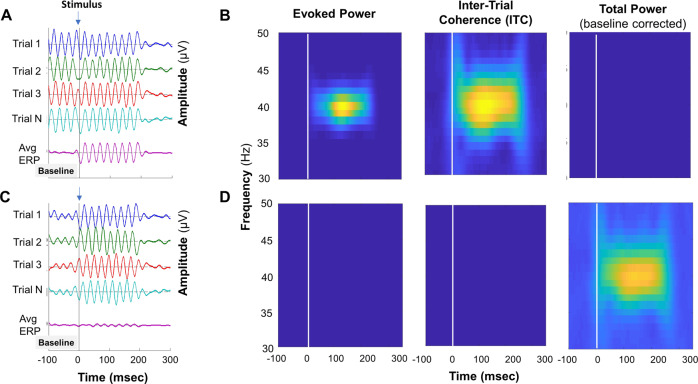Fig. 2. Illustration of single trial event-related oscillations and corresponding time-frequency measures.
a Stimulus evoked phase-resetting of ongoing gamma oscillations. Pure phase-resetting occurs when a stimulus evokes a change in the phase of the ongoing oscillations without evoking a change in the magnitude of the oscillations. Because the phase of the stimulus evoked-oscillation is reset in a consistent manner across trials, the single trial oscillations survive averaging and are evident in the ERP. Note that these oscillations are not evident in the pre-stimulus ERP baseline because their random phase leads to their being cancelled out when epochs are averaged to generate the ERP. In contrast, the oscillations show strong phase synchrony across trials for the first 200 msec post-stimulus and are therefore evident after averaging trials to derive the ERP. b In pure phase-resetting by a stimulus, the phase of ongoing oscillations is reset by the stimulus in a consistent manner across trials, resulting in high intertrial coherence (ITC). In this scenario, the TF analysis shows prominent gamma band evoked-power and ITC. However, because the stimulus does not evoke a change in the magnitude of the ongoing oscillations, there is no appreciable total gamma power response to the stimulus once baseline correction is performed. c Stimulus induced increase in the power of ongoing gamma oscillations with no phase resetting. As with a, oscillations during the prestimulus baseline period do not survive averaging during the generation of the ERP. In contrast to A, the stimulus induces an increase in the magnitude of oscillations, but because the post-stimulus oscillations are not phase synchronized across trials, very little of this activity survives averaging across epochs when generating the ERP. d With a stimulus-induced increase in power, but oscillations with random phase across trials, there is a clear increase in total power, but no appreciable evoked power or intertrial coherence. Adapted from ref. [17].

